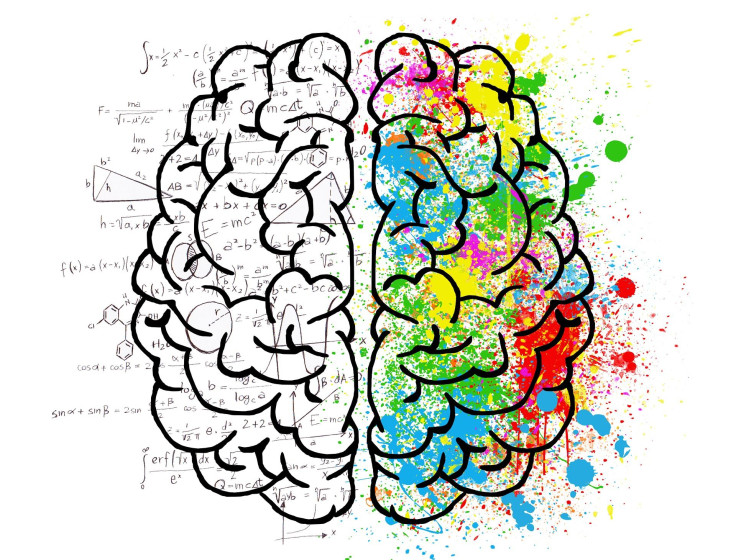Reading Off The Right Side Of Your Computer Screen Is Easier On Your Brain

If you are guilty of having multiple windows open on your computer while at work, then you might want to take note: When reading words off a computer, our brains grasp words placed on the right side of the screen faster. The speed and accuracy of the brain’s word processing ability are also affected by the total amount of information presented on the screen.
This was what HSE University researchers Elena Gorbunova and Maria Falikman laid down in their article published in the Advances in Cognitive Psychology journal.
Carried out at the Laboratory for the Cognitive Psychology of Digital Interface Users, this study permitted the researchers to determine how the human brain’s speed and accuracy in processing words on a screen were influenced by the placement of words and their quantity. Cognitive functions are split between the two hemispheres of the brain -- left and right. The hemispheres have crossover control, meaning that data from the left field of vision is processed by the right hemisphere and vice versa.
The HSE researchers used a visual search method to investigate this phenomenon. First, subjects were shown a target letter that they would later have to spot as quickly as they can, pressing a button on a console once they have. Then a word or a random set of letters was shown on the left or right side of a screen, or two stimuli were shown on both sides of the screen simultaneously. The subjects would have to find the target letter amid these. The reaction times and accuracy of the answers were used to determine which half was more efficient in processing various types of information.
The results of the study indicated that the left and right hemispheres use different strategies to process words. When a familiar word appeared on the screen, the left hemisphere of the right-handed participants processed it holistically and spotted the target letter faster, while the right hemisphere was engaged in a slower search, going through the sequence letter by letter. When participants were presented with a set of jumbled alphabets, the opposite effect was observed: the left hemisphere processed the letter sets letter by letter, and the right processed them quickly and holistically.
Thus, words placed on the right side of the screen were processed quicker. Moreover, the word processing strategy the brain selects relies on the total amount of information presented on the screen.
"When there is a lot of information, that is, when we need to process two words on the left and on the right, our brain begins to save energy and processes the words simultaneously. When there is not enough information, the brain relaxes and processes the information sequentially," says study author Elena Gorbunova. "Therefore, when placing text on the screen, you need to monitor how much information you are presenting to the user."
Researching this area would prove not only useful in optimizing interfaces, but also in understanding the nature of reading disabilities like dyslexia, as well as developing online courses and game projects.
© Copyright IBTimes 2025. All rights reserved.





















